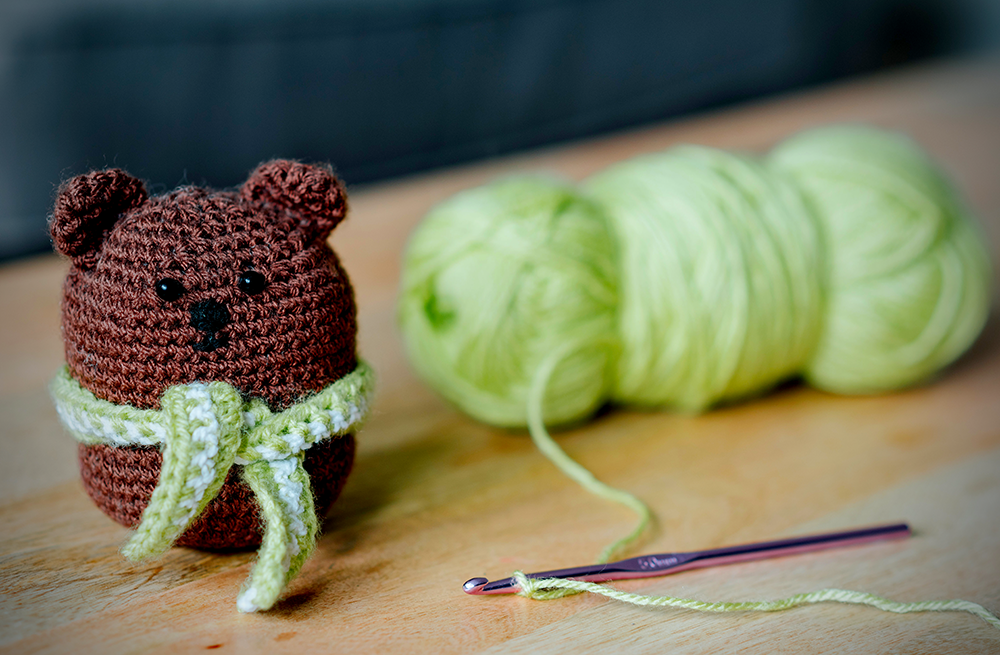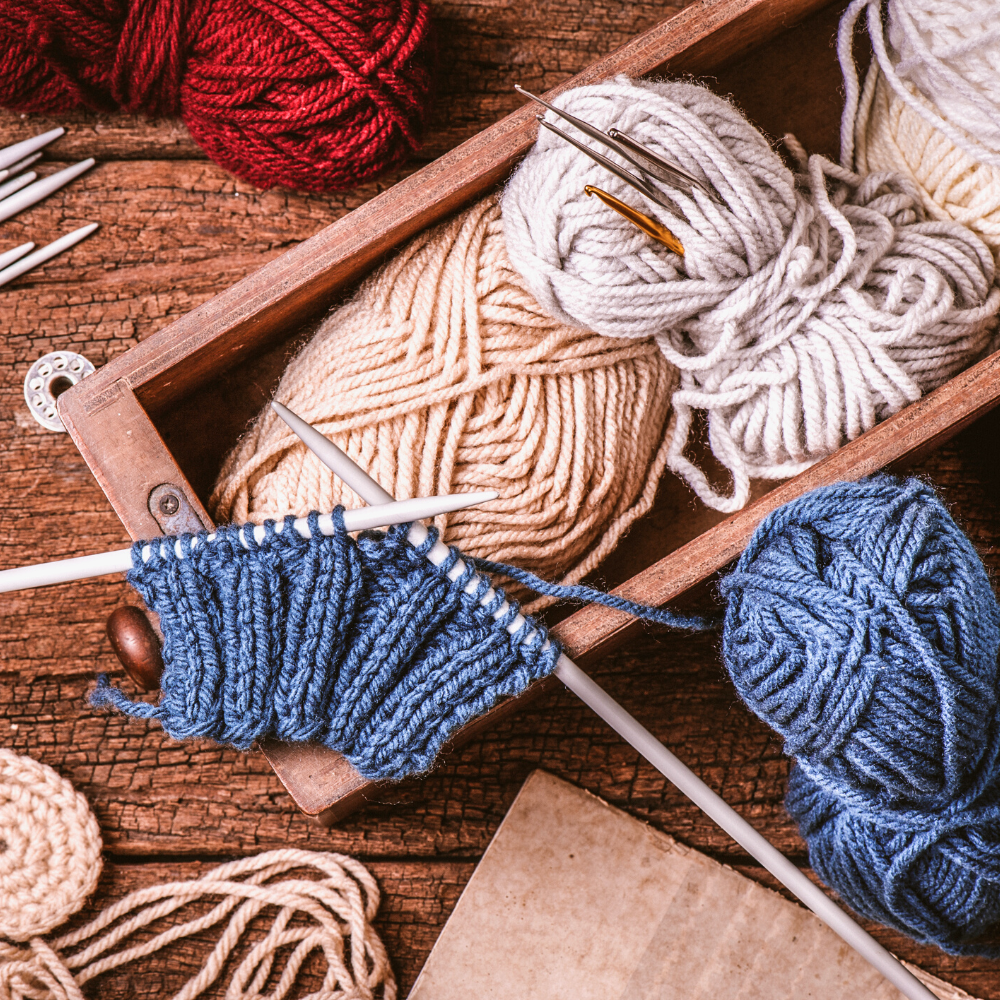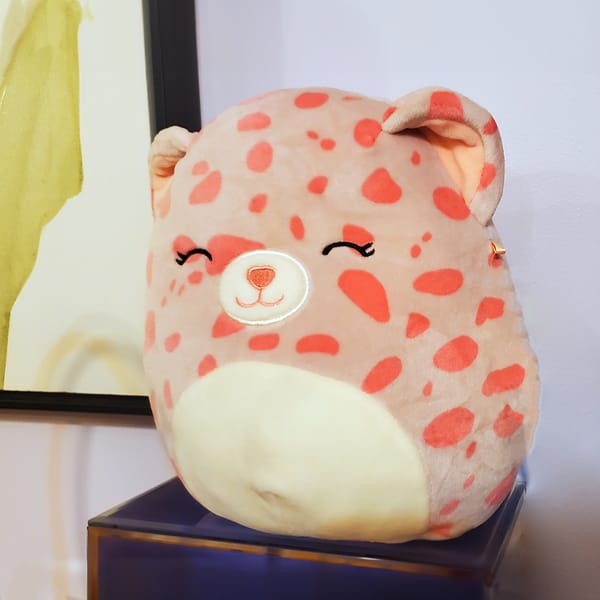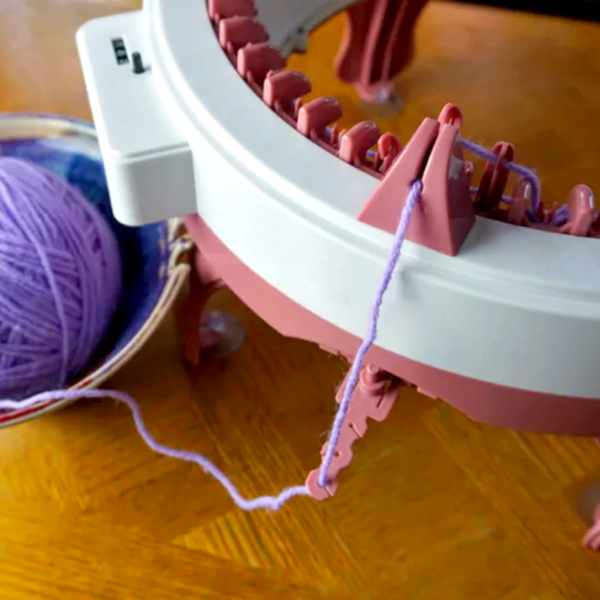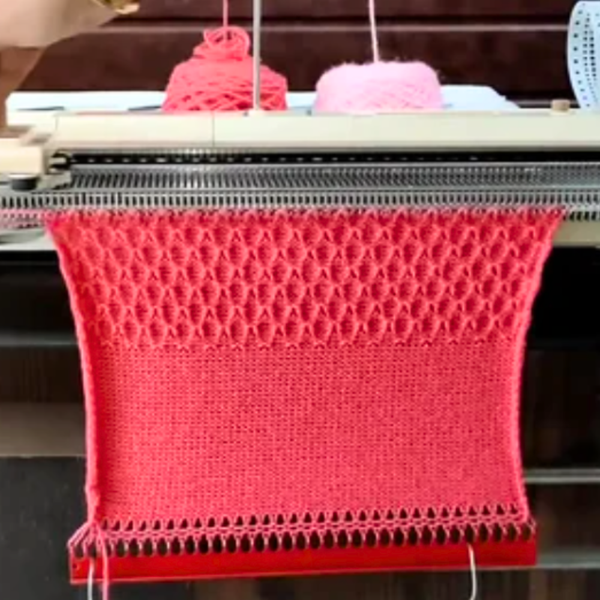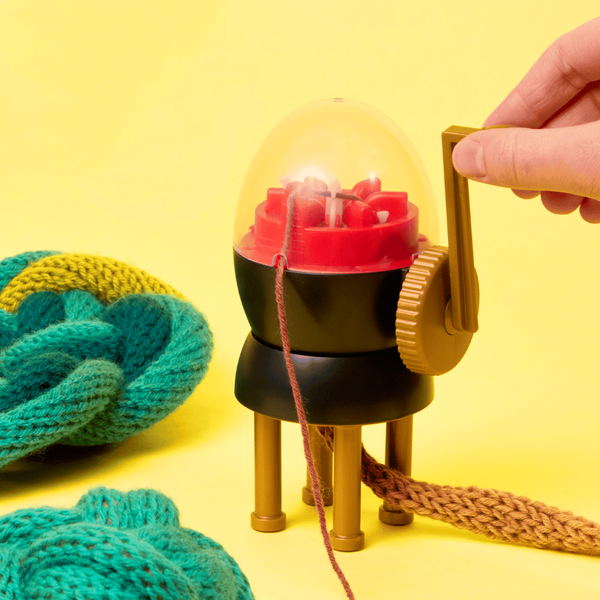Knitting or crocheting?
That age-old question has boggled the minds of crafters for years!
They both involve yarn, needles, and a lot of patience, but which one should you choose for your next project?
The answer depends on the type of project you’re looking to create.
Do you want to try something with two needles, or are you more comfortable using one hook and some yarn?
Each of these crafts comes with their own set of unique pros and cons; so, if you’ve been itching to get started on your next cozy project but have been stuck in a stitch-uation, we’re here to help.
Let’s take a look at the differences between knitting and crocheting, so that you can decide which one is right for your next masterpiece!
Knitting vs. Crocheting: What’s the Difference?
The main difference between knitting and crocheting is that knitting requires two needles while crocheting requires only one hook.
With knitting, you are creating loops along the needle until your desired length is achieved; each row is made up of multiple loops.
With crocheting, each row consists of single stitches that are pulled through earlier stitches in the chain to create a complete fabric.
The type of stitch also plays an important role in the finished product.
Knitted fabric typically features distinct stitches with defined edges, while crochet stitches often have a more lacy, airy look and feel.
In terms of skill level, both crafts require some basic knowledge of the basics and practice to master.
Crochet may be slightly easier, as it only requires one hook; however, knitting can offer more complex patterns and stitches.


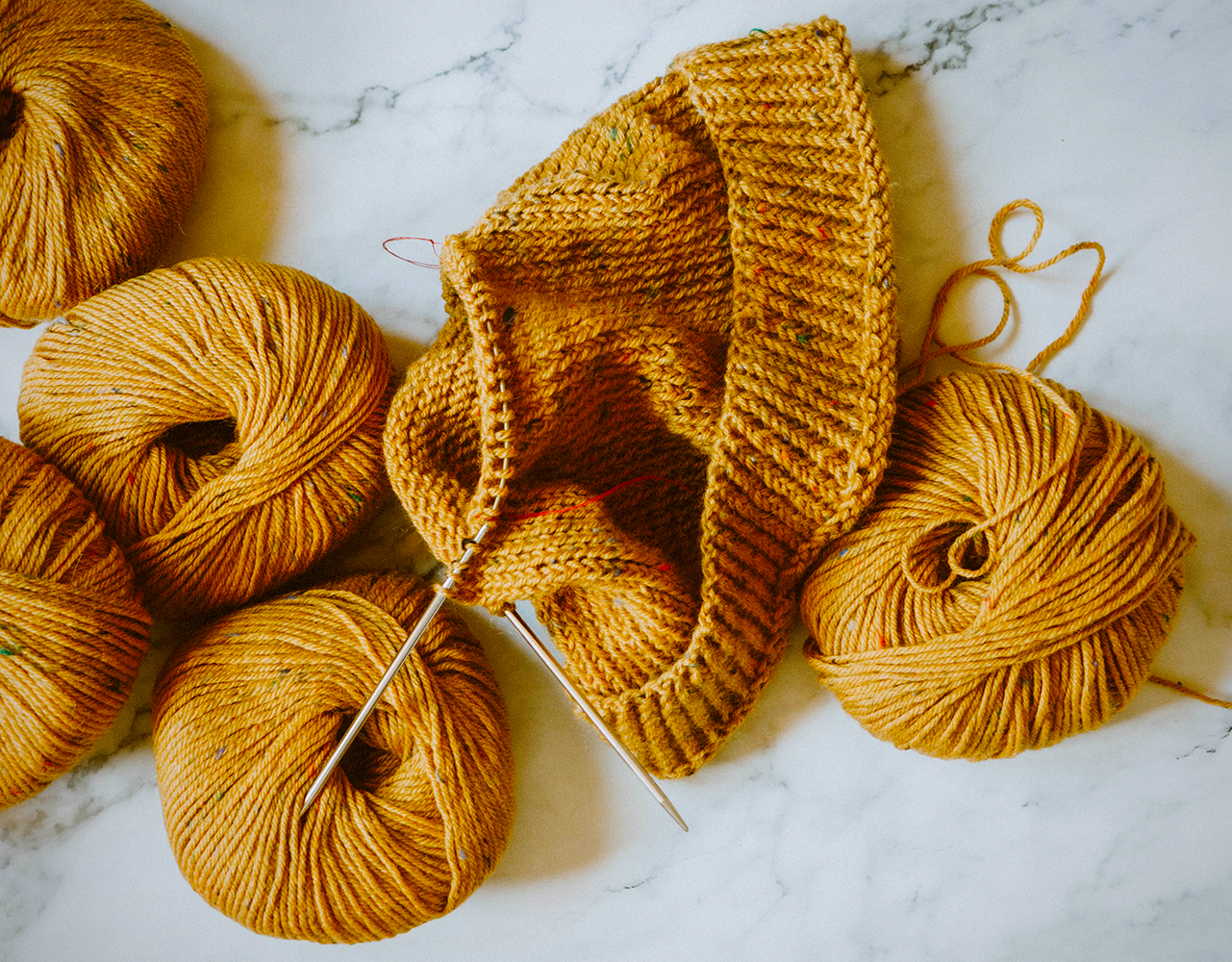
Fabric Thickness
Another difference between knitting and crocheting is that knitting typically creates thicker fabrics with more structure than crocheted projects do.
This means that knitted items will be warmer due to their denser construction, while crochet items tend to be lighter and airier due to their open construction.
That being said, both methods are versatile enough to accommodate any type of fabric thickness or style depending on the stitch patterns used and size of the hook or needles chosen by the artist.
Depending on your knitting or crochet stitch pattern, you can create anything from an ultra-cozy sweater to a breezy summer dress.
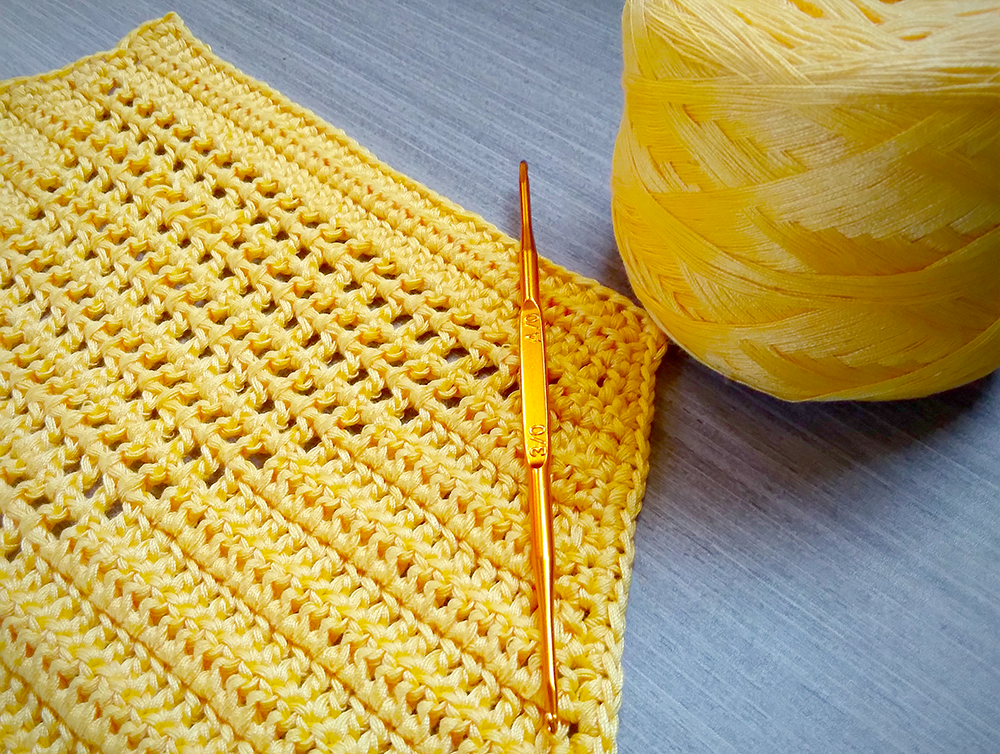

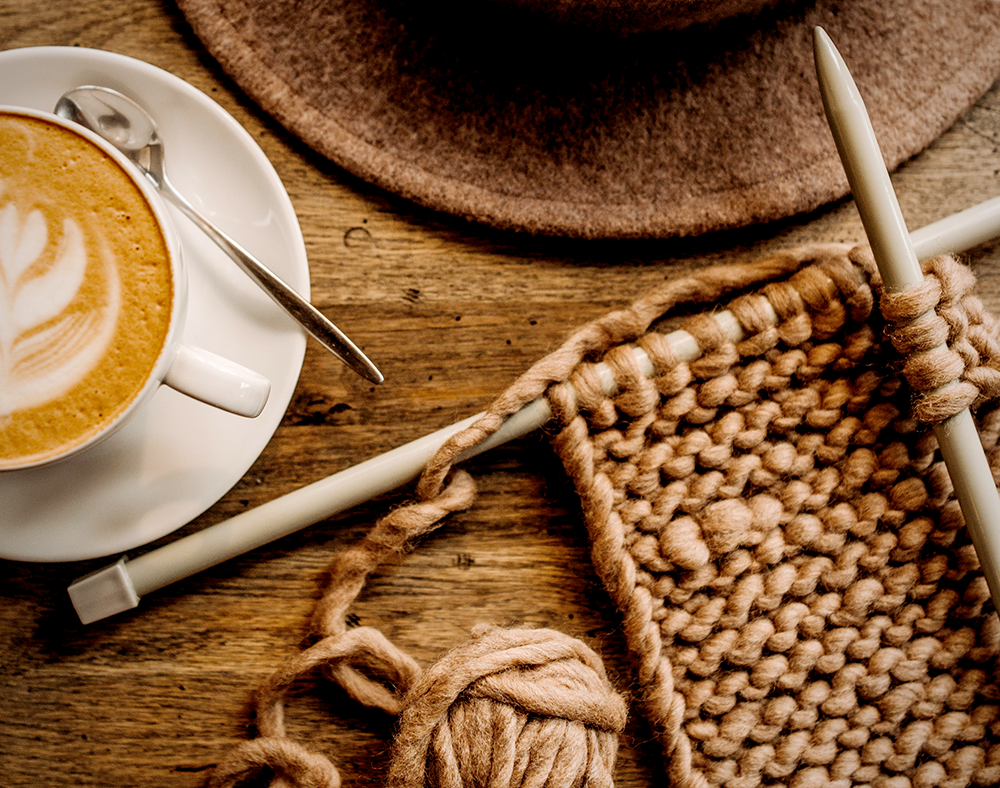
Time Commitment
The amount of time it takes to complete a project will vary based on the type and size of the project itself.
In general, crocheting tends to be a bit faster than knitting.
This is because each stitch in crochet works up much faster than each stitch in knitting, resulting in a quicker overall finish.
On the other hand, knitters tend to work more quickly on larger projects due to the use of two needles, and they can also create intricate patterns much faster than crocheters.
Some crafters find that they can complete projects faster with crochet as opposed to knitting because each individual stitch does not have as many steps compared to a knit stitch; however, this varies from person-to-person based on skill level and technique.
For example, if you plan on making an intricate piece with lots of detail work then obviously more time will need to be dedicated towards completing it regardless of whether it’s knit or crochet!
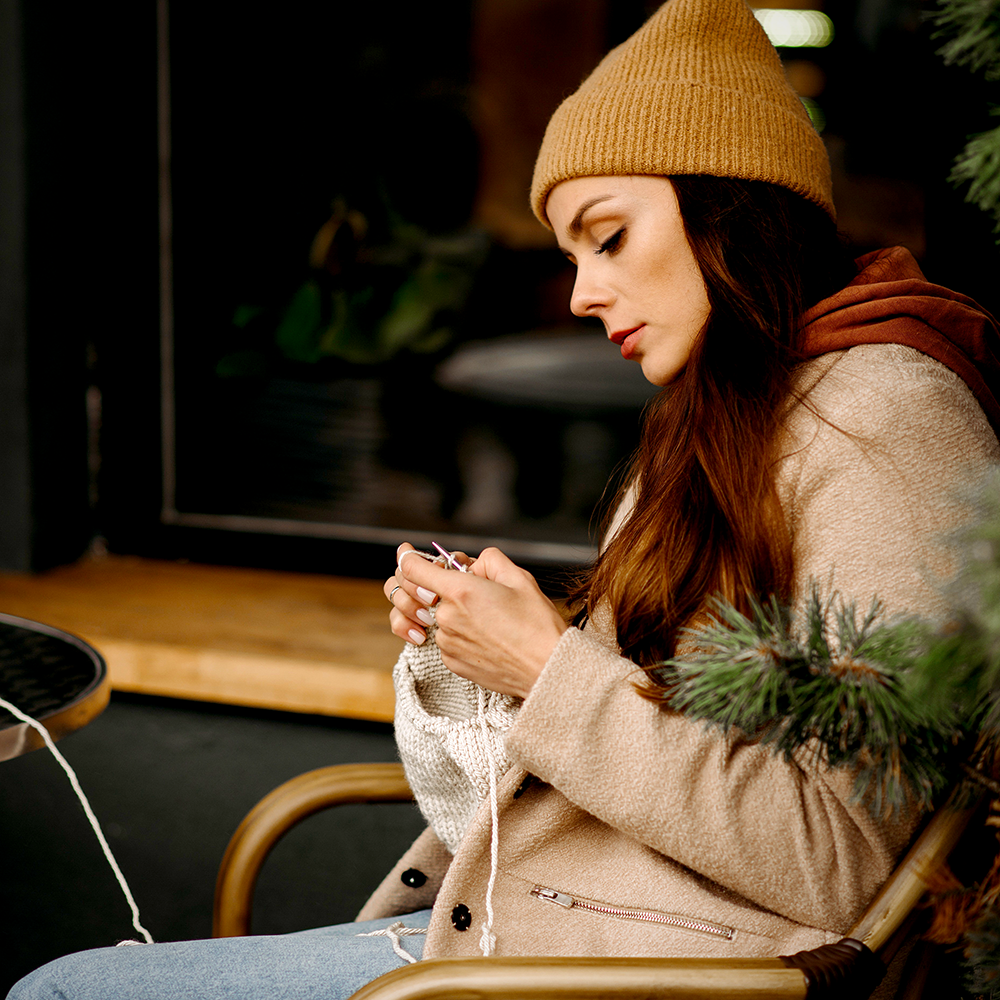

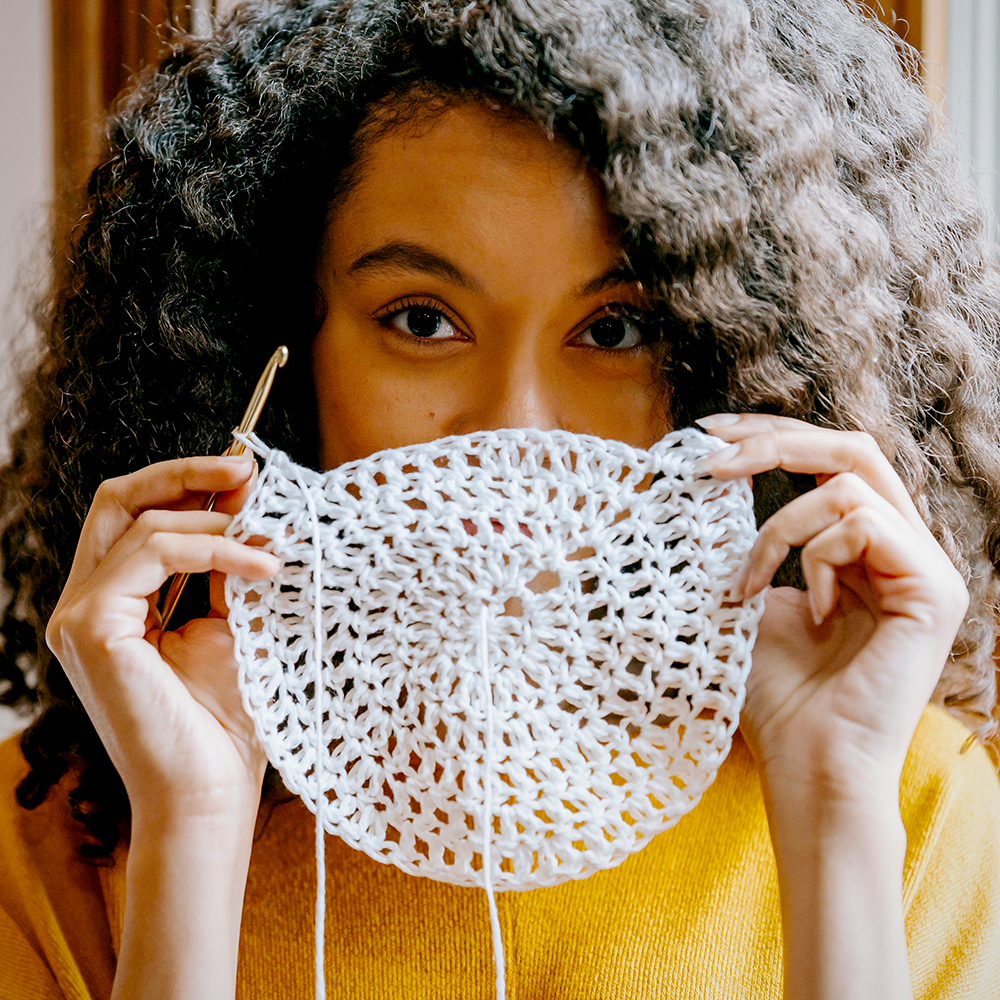
The Tools You Need
Knitting requires two needles, yarn, and scissors.
Knitting needles are typically straight, but you can also find circular, double pointed, and interchangeable knitting needles.
The needles come in a variety of sizes, from extra small to extra large. Depending on the project, you may need different sizes.
For example, if you are making a blanket, then larger needles would be necessary to accommodate the bulk of the yarn.
Crochet requires just one crochet hook and yarn.
Similar to knitting needles, crochet hooks come in a variety of sizes depending on the project being made.
Again, larger hooks may be needed for making a blanket while smaller hooks would suffice for intricate detail work.
The type of yarn can also make a difference in the end product.
For example, wool yarn will create a warmer item compared to something made with cotton, acrylic, or eco-friendly yarn.
Knitting yarn and crochet yarn come in a variety of weights and textures, so be sure to choose the best one for your project.
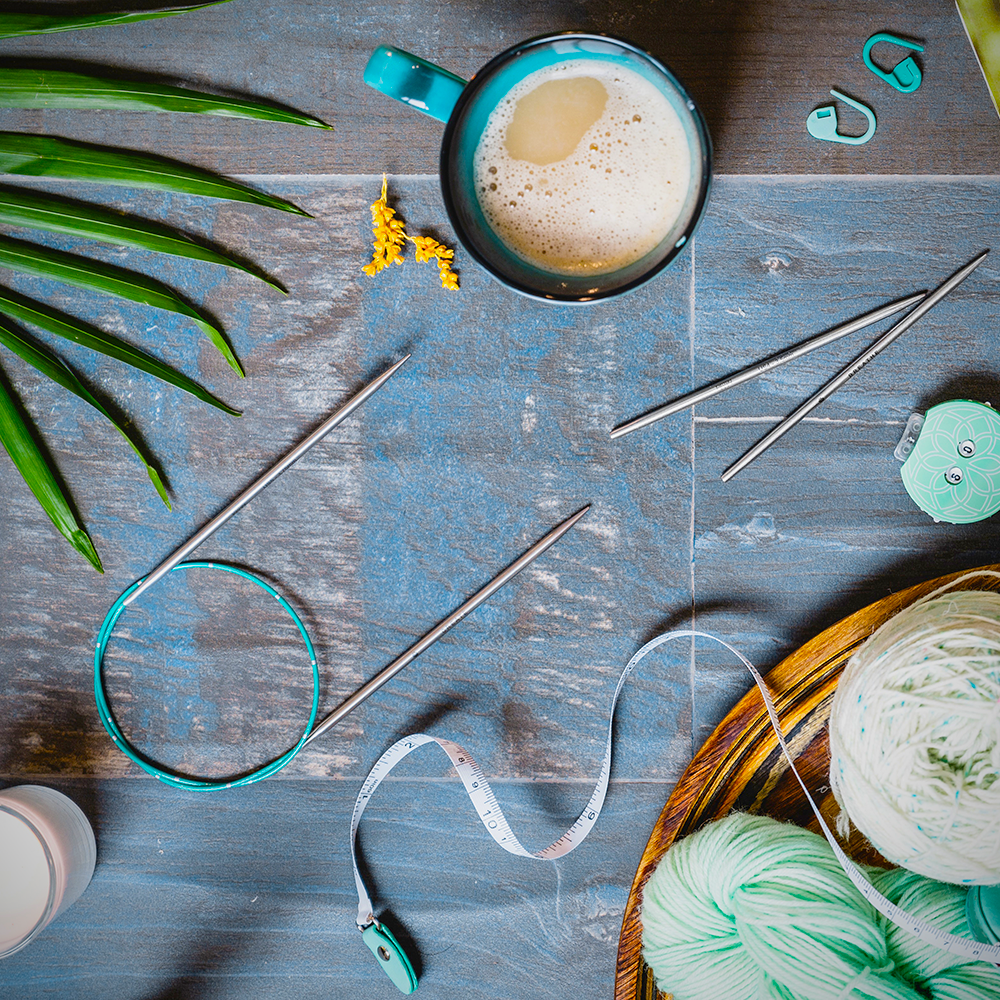
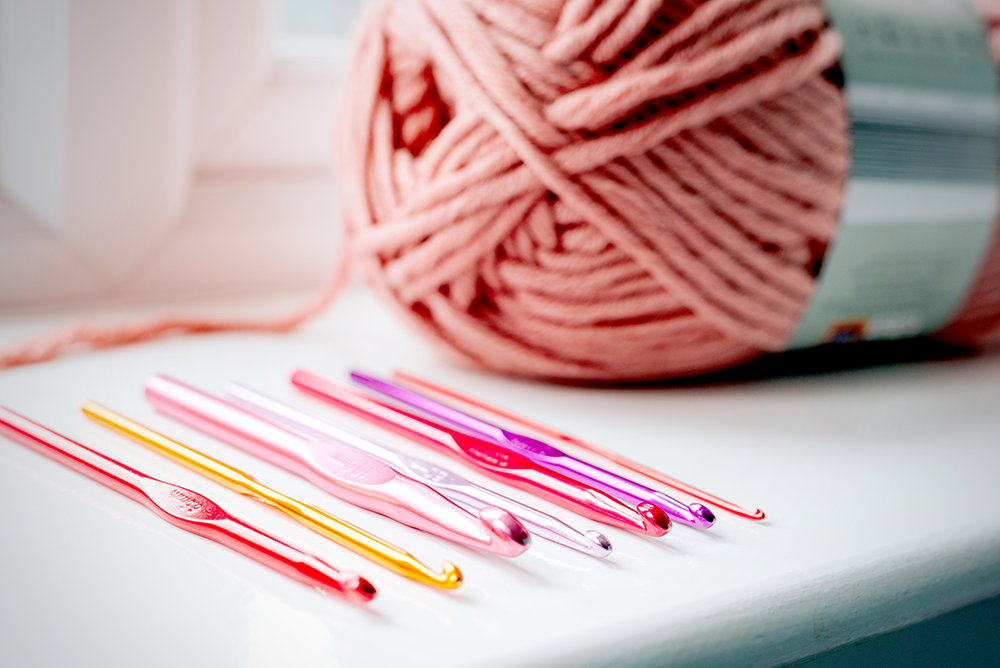
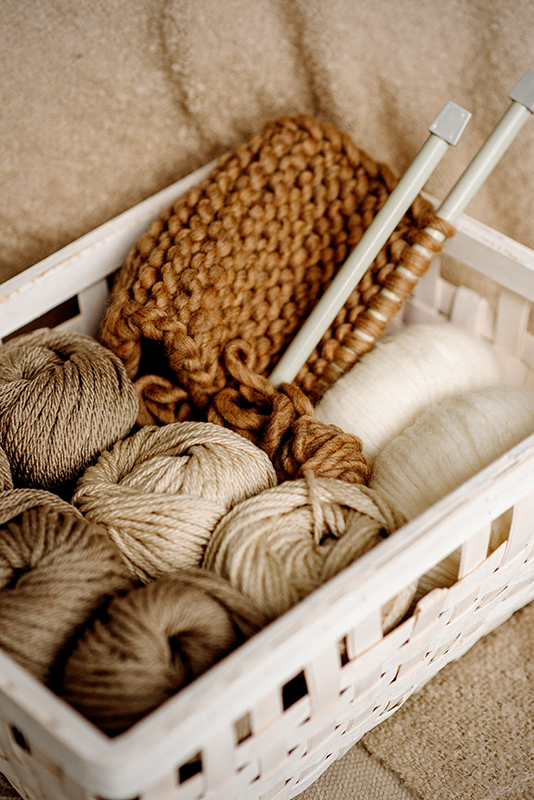
How It Works
In knitting, stitches are created by looping yarn around both needles in alternating rows until the desired length is achieved.
Once all your stitches have been cast on, then it’s time to begin working them off in order to create fabric panels or pieces.
Knit and purl stitches are the most commonly used.
Knitting can create a wide range of patterns, from simple garter and stockinette stitch to more intricate lace and cable stitch patterns.
In crochet, each stitch is made individually with a single hook instead of two needles like in knitting.
Each stitch has its own specific shape that must be followed in order for any given pattern to turn out correctly.
To make multiple stitches together at once—a process called “joining”—you must use special techniques such as slip stitching or chain stitching.
Crochet, like knitting, can be used to create a variety of patterns, from basic single crochet stitches to elaborate lace and color work designs.
Basic stitches like single crochet, half double crochet, and double crochet are the most common.
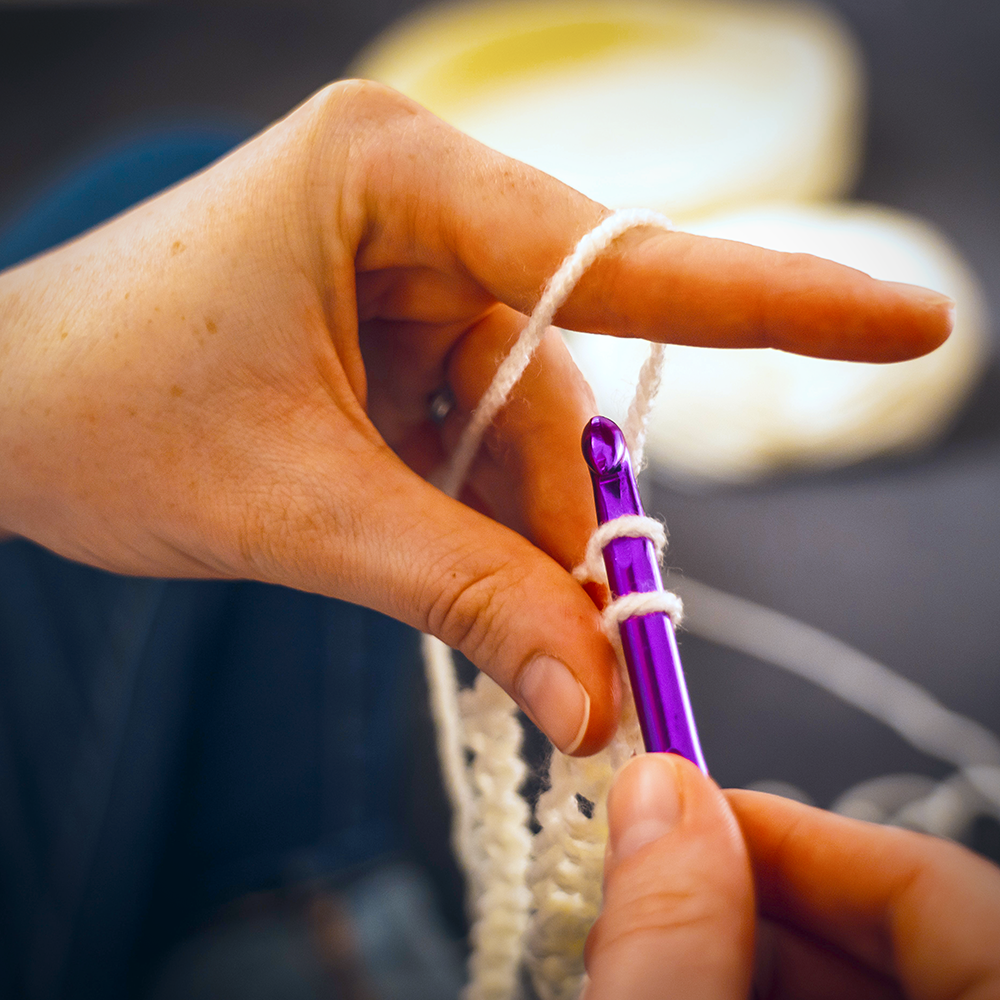
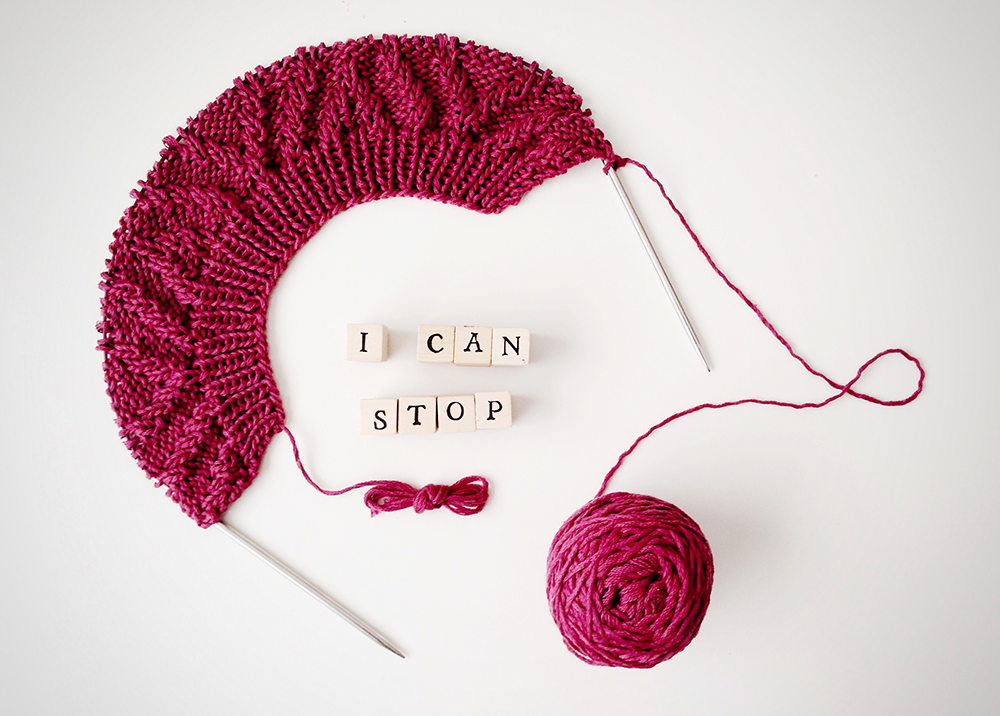

The Results
The end result of knitting and crocheting can vary greatly depending on how tight or loose your stitches are as well as what type of material you use (wool vs cotton).
Generally speaking though, knitted items tend to produce a thicker fabric with visible ridges while crocheted items produce thinner fabric with more delicate details than knitting can offer.
Additionally, knitted items tend to curl up at their edges while crochet items will remain flat unless specifically blocked into shape with water or steam after being finished.
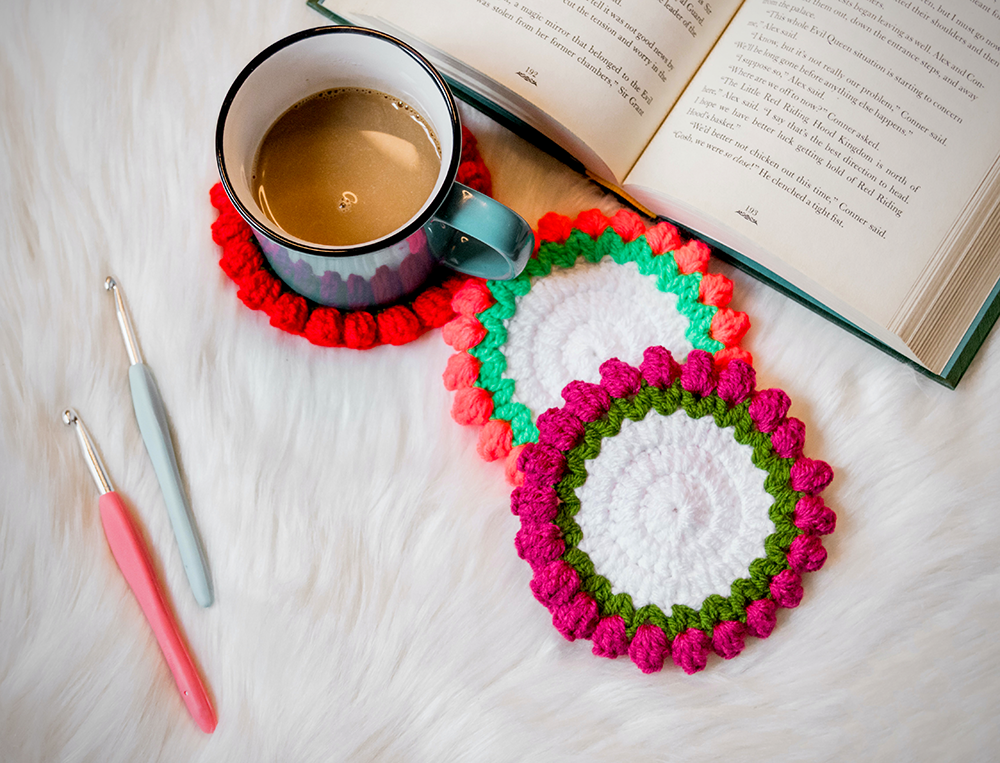
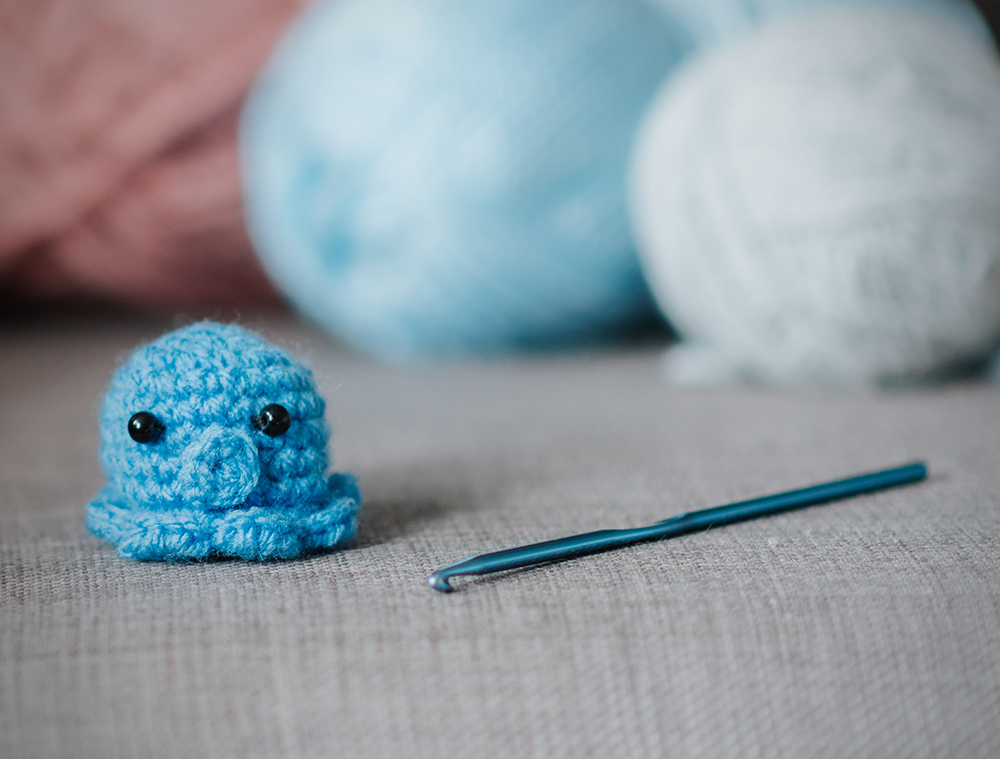
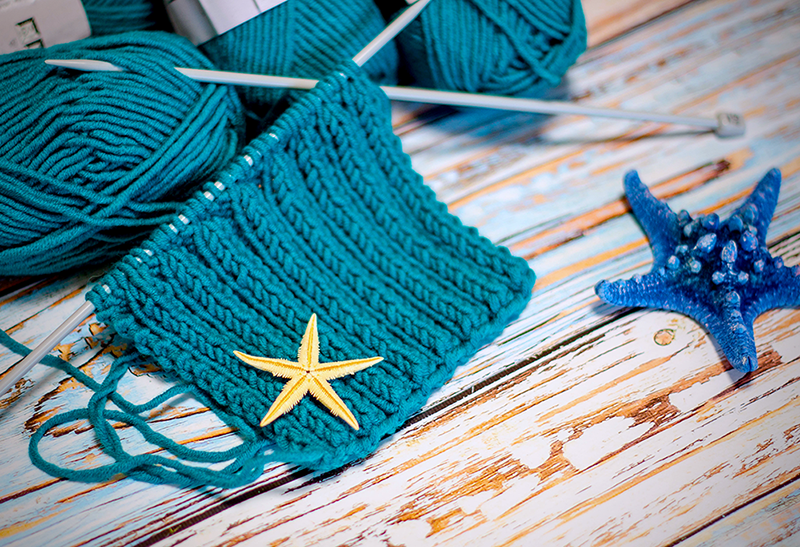
Wide Range of Projects
Knitting and crocheting also offer tremendous potential for creativity. Both methods can be used to make clothing, like a knitted sweater, socks, or baby clothes, accessories, toys, décor items, blankets, amigurumi, and more.
Knitting projects often feature a more structured, tailored look, while crochet projects offer a wider range of possibilities for intricate patterns and designs.
Basic crochet stitches can also be worked up quickly and easily, making it ideal for beginners looking to dive into the craft.
In comparison, knitting projects tend to take longer to complete due to the use of multiple needles.
From hats,sweaters, and scarves to intricate rugs and afghans, the possibilities are endless!
If you need help finding inspiration, you can find knitting patterns, crochet patterns, guides, and tutorials online to get your started.
A common knitting pattern for beginners is the garter stitch, which consists of alternating rows of knit and purl stitches.
A common crochet pattern for beginners is the single crochet stitch, which features a simple series of loops created with one hook.
No matter what route you take, you’ll be sure to have hours of fun learning and creating something new!


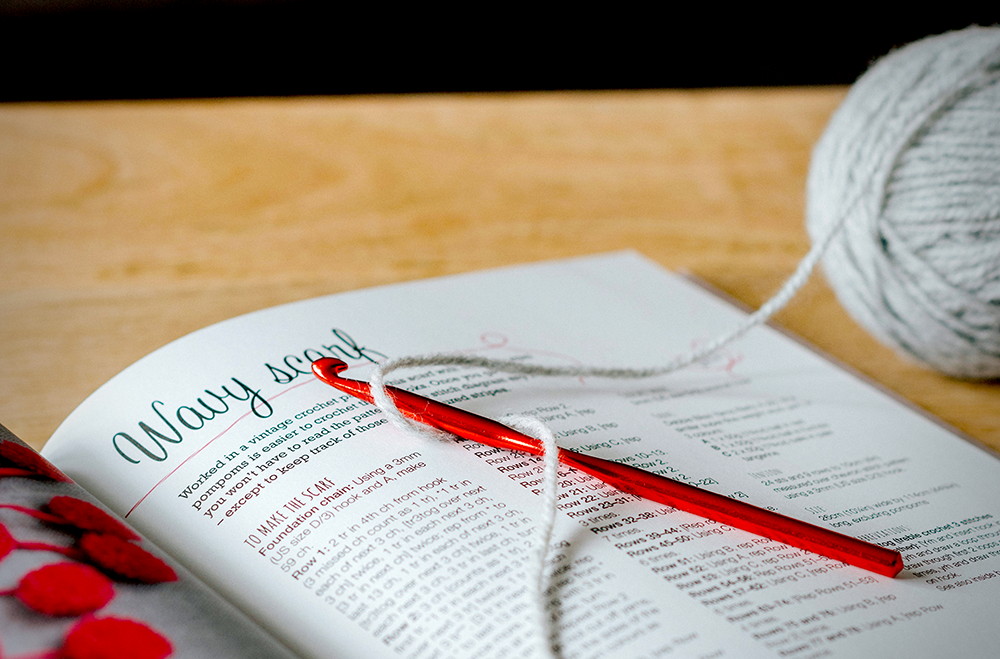
The Pros and Cons
Both knitting and crochet have their own unique pros and cons that should be considered before embarking on a new project.
Knitting has a few advantages over crocheting.
For starters, knitting techniques can be used to create more structured fabrics and garments such as sweaters, cardigans, and pullovers.
Also, knits tend to be much more durable and last longer than crocheted items.
Finally, knitters are able to create intricate patterns and shapes that can’t always be achieved with crocheting.
On the other hand, crocheting has its own set of advantages.
For starters, it is less intimidating for beginners; understanding and mastering the craft itself is much easier.
Also, crochet produces airier fabrics with more drape than knitted fabrics.
Finally, with crocheting you can make a wide variety of items, like bags and hats that are not possible with knitting since they require a more intricate construction.

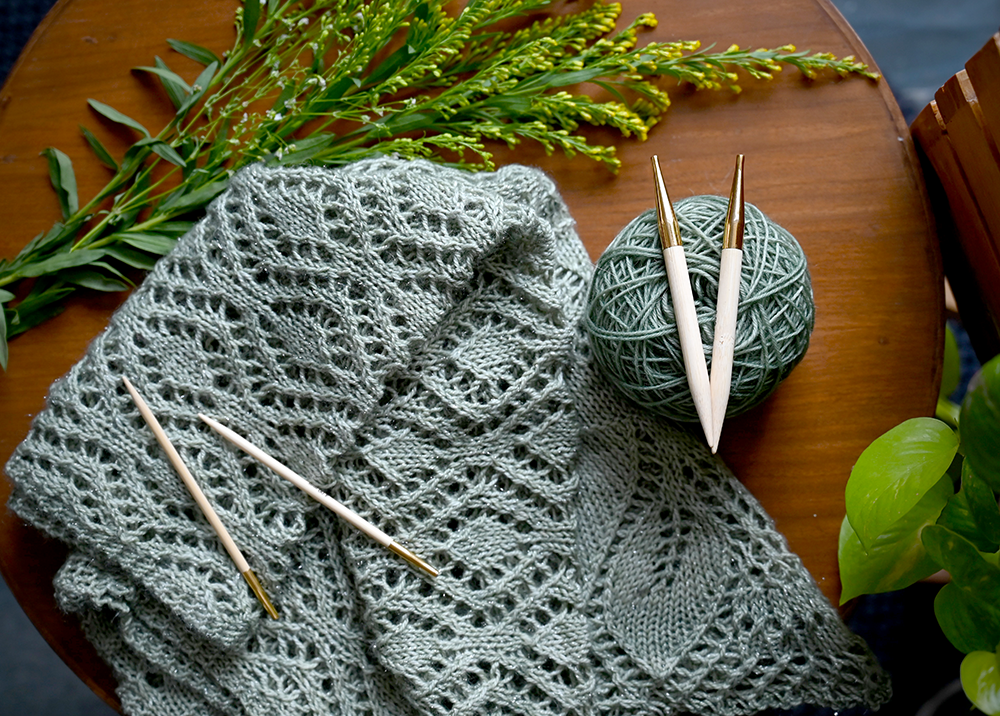
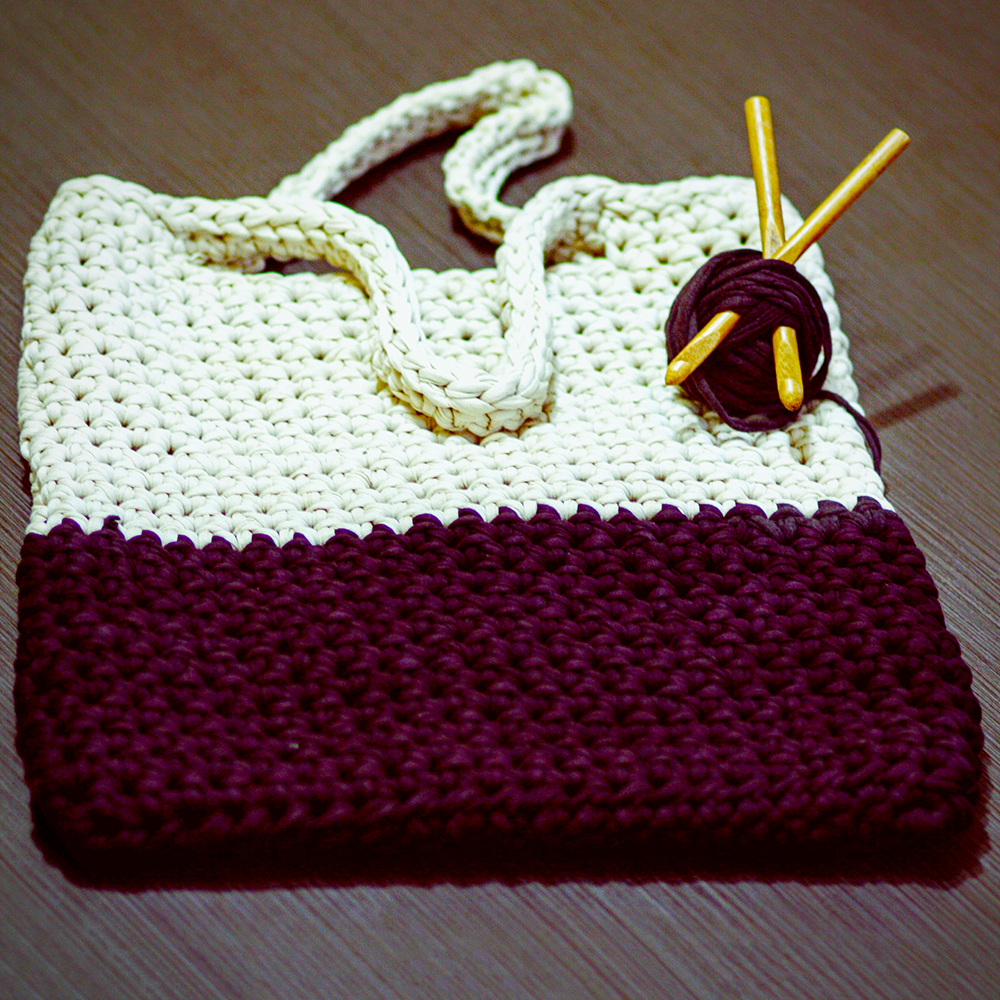
Knitting Vs Crochet: So, Which Should You Choose?
The answer for the knitting versus crochet debate ultimately comes down to preference and what type of project you want to make.
Whether you prefer knitted pieces or crocheted pieces (or both!), understanding the differences between these two crafts will help you master them both!
By understanding how they differ in terms of technique, texture, materials used and speed of completion—you will be able to choose which craft works best for your project needs!
With some practice and patience anyone can learn either skill set quickly!
It doesn't matter if it's your first time picking up either craft—there's no better way to hone your skills than by doing so hands-on!
Ultimately though at the end of day both techniques produce beautiful pieces so don't limit yourself, so try them both out!
So, go ahead and give yourself another creative outlet!
You won't regret it!
Regardless if its knit or crochet, we hope our breakdown has been helpful in guiding you in crafting something special!
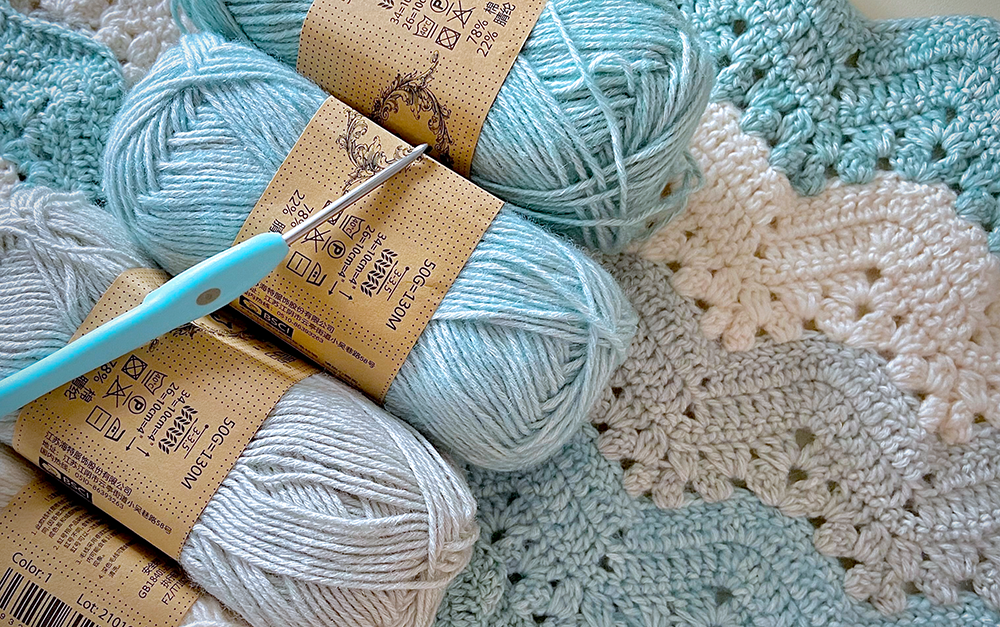
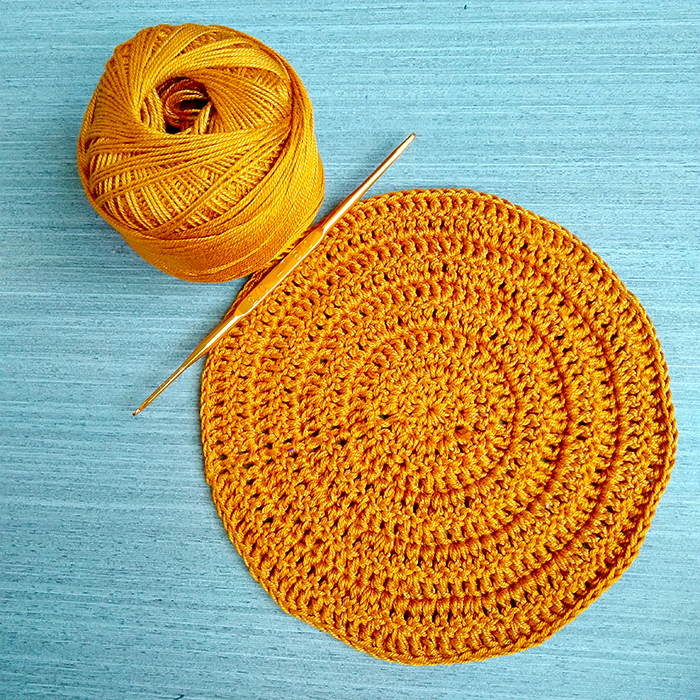
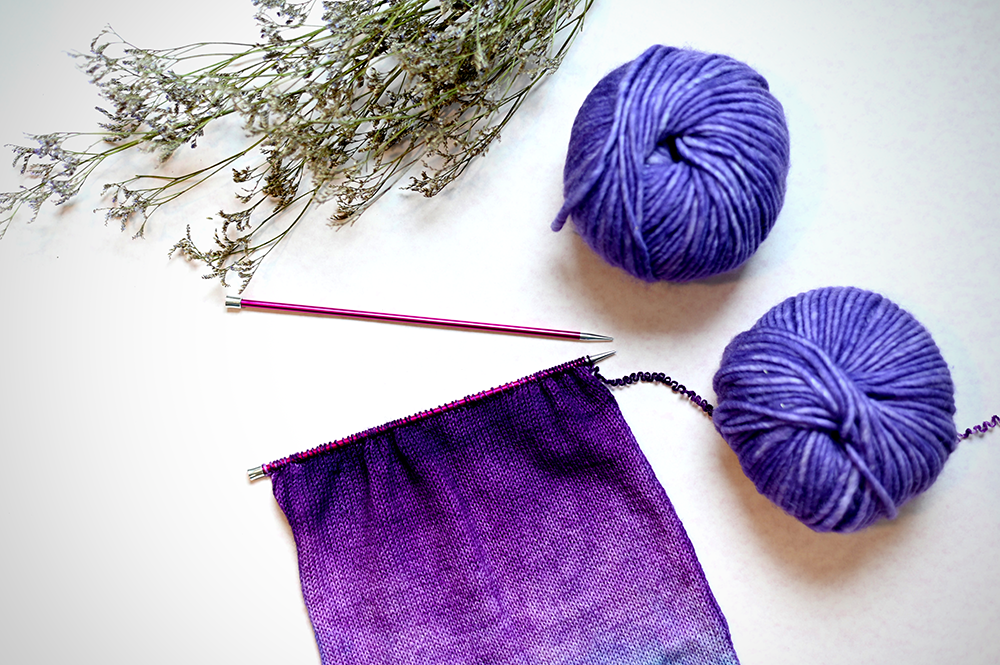
Eager to learn more about the differences between these two crafts? Check out Knitting.com's video!
Interested in knitting and crochet?
Check out some of our other articles:
-Interchangeable knitting needles
